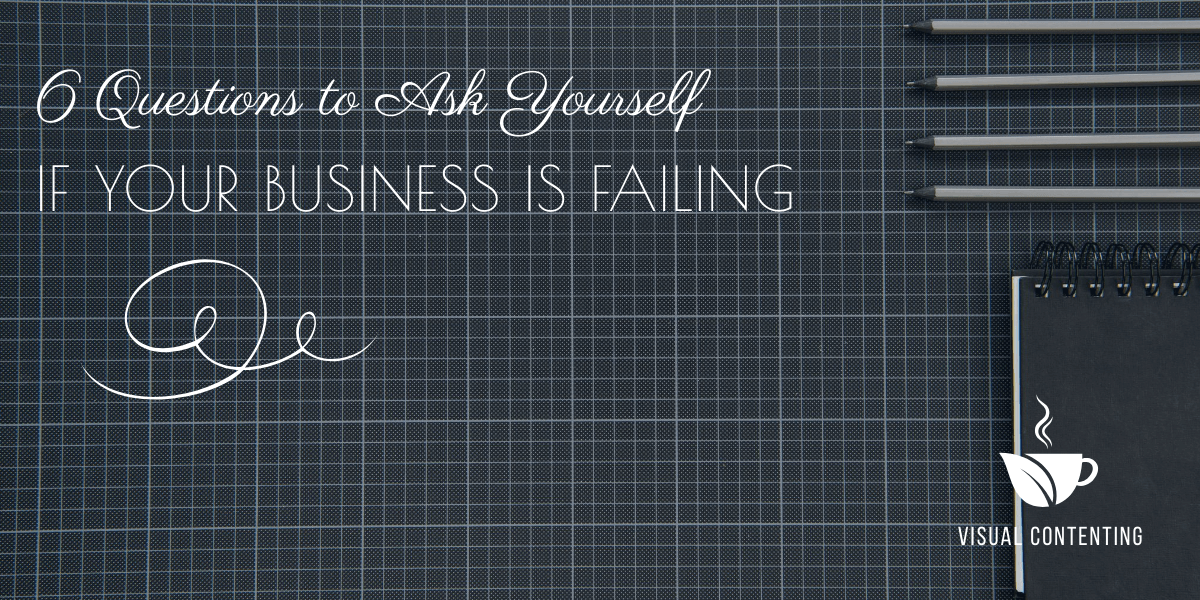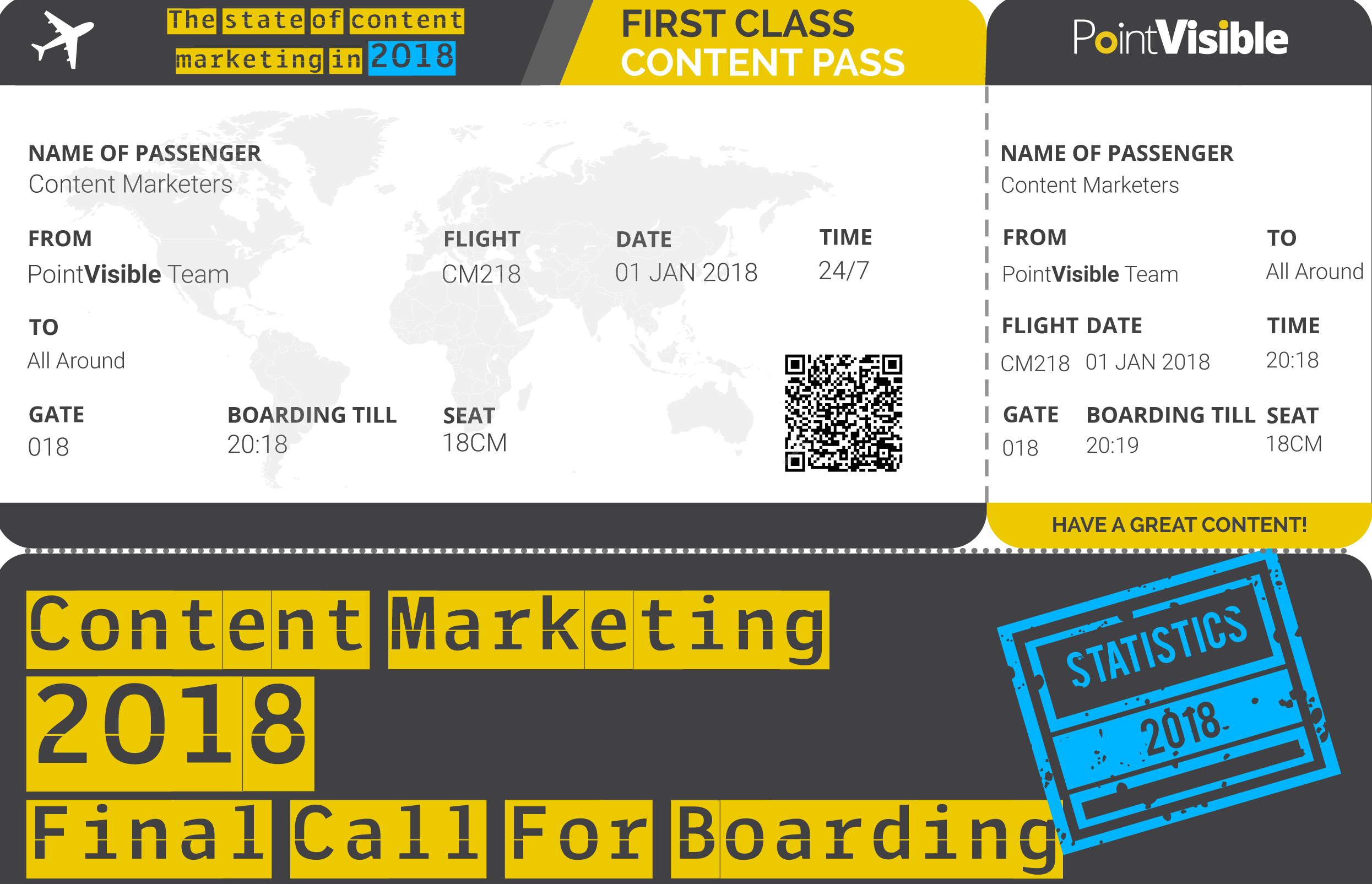Humans are naturally visual creatures. They rely on sight to interact with everything around them, from recognizing faces to interpreting signs and symbols. This is why a strong visual brand identity is important for any new business.
In today’s market, consumers see countless brands online. No longer is it good enough to have a great product or service — companies must have a visual identity to connect with an audience. With a well-crafted visual identity, they establish an emotional connection with potential customers and set themselves apart.
The Importance of a Visual Brand Identity
First impressions matter — a visual identity is often the first thing potential customers notice. From a logo to a cohesive color scheme, every visual branding element draws people in and makes them more likely to engage with an enterprise.
A solid brand identity is also crucial in recognition. When an audience sees a consistent use of visual elements, they are more likely to remember an organization. Over time, this can build trust and make it easier for customers to shop with it over its competitors.
In fact, 46% of U.S. consumers are willing to pay extra to shop from a firm with an appealing image. Therefore, a visual identity can be a powerful representation of a company and influence which businesses consumers prefer to interact with in-store or online.
The Importance of Strategizing a Visual Brand Identity
Strategizing a visual identity is just as important as the elements a brand chooses. With a clearly laid-out plan, the branding efforts become seamless and effective. Planning how each visual element will represent a business’s values and mission is also essential. Doing so ensures all aspects of a visual identity work together cohesively, reinforcing its message.
Moreover, it can be a critical factor in a business's survival. Statistics show 20% of small businesses fail within their first year. By investing time and resources into developing a strong brand identity, they can establish a solid foundation for customer loyalty and a competitive edge. As a result, they can build lasting success.
1. Identify Your Brand’s Core Values and Mission
Before designing the visual identity, it is crucial to have a clear understanding of the brand. A company's core values and mission are the foundation of its existence and influence every aspect of its visual identity. For example, if sustainability is one of the core values, organizations typically communicate this through eco-related colors to emphasize environmental responsibility and care for nature.
Start by asking some fundamental questions like what the firm stands for and the purpose of it. Get down to the nitty gritty to pinpoint its core principles and what it cares about most. Then, use those core values to state its mission.
The mission statement should clearly articulate the business’s goals. Beyond making a profit, what impact does it aim to have on customers and the world? These are the points to consider, as they will guide every visual aspect of the brand and influence each decision in crafting the identity.
2. Define the Color Palette
Choosing the right color palette is a vital part of branding because each color invokes various emotional responses in people. Colors have a large psychological impact on audience perception and can influence how people feel and react to a company.
For example, many associate red with passion, energy and urgency. Often, it can stimulate excitement and action. Meanwhile, blue conveys a sense of calmness and trust. Tech enterprises typically incorporate it to establish their competence and professionalism.
For instance, OpenAI’s color palette consists of a seafoam blue and white to convey the safety and benefits AI models contribute to society. Its colors have communicated this message successfully, and its generative AI model ChatGPT is expected to be worth $667 billion by 2030.
When choosing colors, a company must consider the traits it wants to embody. Is it bold and playful, or serious and professional?
3. Design a Logo
A logo is often the first thing people associate with an organization. It will be the core representation of its essence. Therefore, it must accurately communicate its values, mission and overall message at first glance.
When creating a logo, simplicity is key. A clean design is easier to remember than an intricate one. Think about large brands like Nike and Apple — each use a single icon to symbolize themselves. As such, a logo should avoid overly trendy elements to remain classic and timeless.
4. Choose the Typography
A business's typography should align with its tone and overall personality. Fonts are crucial because they communicate various attributes of a brand. They also enhance readability and create a stronger audience connection. Additionally, they help create a cohesive look and reinforce the firm’s identity in ways that allow it to become more recognizable and memorable.
Typography will appear everywhere, from marketing materials to website headers. Therefore, it’s important to choose wisely when picking fonts. Businesses must consider using two different typefaces to select the right font. One will be most representative of their persona and used in the largest setting, such as headings. Therefore, script fonts or ones that are all uppercase are perfect for logos and headers, but companies should keep them exclusively for these purposes.
For the main body copy and subtitles, choosing typography that is easy to read across different mediums is important. The secondary font should also complement the first to maintain visual harmony and brand consistency.
5. Imagery and Graphics
Imagery and graphics establish the brand’s tone. They can enhance its visual identity and communicate the overall message more effectively.
The chosen images should reflect the business’s values to resonate with the target audience. They should also incorporate high-quality imagery to tell its story and create a stronger connection. Whether it’s photographs, illustrations or icons, the right visuals can make the content more engaging.
As such, the key is to focus on consistency in style, color and tone when choosing images.
Ensure all visual elements align with the overall aesthetic to reinforce its identity. Doing so makes communication more effective and retains professionalism, building trust with potential customers.
Maintaining a Consistent Visual Brand Identity
Crafting a strong visual identity is only half the battle in building brand recognition and loyalty. The other critical part is maintaining consistency across all the enterprise’s touchpoints. Consistency helps reinforce its message and ensure the audience recognizes it regardless of where they encounter it.
With consistency, organizations can make the most impact and succeed in creating a cohesive brand experience. Two effective ways to do so are creating guidelines and building an assets folder with templates.
Creating Brand Guidelines
Brand guidelines are like a rulebook for how designers and marketers apply visual identity across various platforms and materials. They could cover everything from logo usage, color palettes and typography to imagery, tone of voice and more. This ensures everyone within a company and externally is on the same page.
Building a Brand Assets Folder
A brand assets folder should include templates for designers to use when creating social media posts and other marketing materials. The templates should adhere to the guidelines and provide a quick, easy way to produce on-brand content.
By having a central hub for all the assets, businesses can ensure all materials are readily accessible to anyone who needs them. As a result, they save time and ensure they build brand recognition over time.
Building a Lasting Visual Brand Identity
A good visual brand identity is essential for standing out and appealing to audiences. Therefore, building one requires thoughtful consideration to ensure it aligns with everything the brand stands for. This way, companies can exude professionalism and consistency, ensuring long-term success from the loyalty built over time.
Related Posts
Devin Partida writes about topics concerning tech and the internet. She is also the Editor-in-Chief of ReHack.com.







